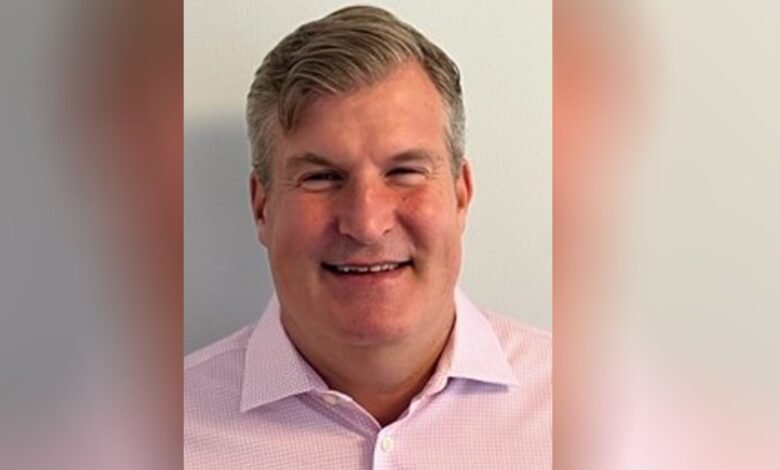Q&A With Peter Rubin, Executive Director at No Patient Left Behind

Rubin speaks about how drugs aren’t being properly valued.
No Patient Left Behind recently worked with EntityRisk to look at the ways that drugs are valued and determined that many drugs were not being properly valued. Peter Rubin, executive director at No Patient Left Behind, spoke with Pharmaceutical Executive about the findings and how these new valuations were determined. Pharm Exec previously discussed these findings with Darius Lakdawalla, chief scientific officer at EntityRisk, which can be read here.
Pharmaceutical Executive: How did this co-effort with EntityRisk come about?
Peter Rubin: We sponsored the study. The reason why we decided that it was so important is that it helps illustrate that innovative medicines provide more value to patients and society than previously believed. The study demonstrates that there are critical flaws in the methods used to valuate medicines. There’s also an urgency around it because it illustrates how our governments and regulatory agencies should not adopt traditional CA math when setting drug prices.
As the report identifies, the traditional CA methodology often relied upon by insurers and governments doesn’t necessarily reflect the value of medicines that patients see in the real world. We found that if you apply three simple quantifiable improvements to the cost effectiveness formula, such as accounting for the fact that drug prices go down over time whether it’s due to therapeutic competition or generic pricing, the results are much more reflective of the real-world experience with patients on the market.
We think policy decisions should be based on the best possible information, and this study confirms that it would be harmful to patients if drug values were determined through outdated methodology. It also shows that the market does a good job extracting discounts from innovators, both pre- and post-market exclusivity. It also highlights is that payers are not passing that value along to their members.
PE: What are some of the key metrics that you identified as being incorrectly used?
Rubin: There are two examples that are easier for a lay person like me (I went to business school and became an economist) to understand. These are easy to understand, but hard to explain why they aren’t being considered in current models. The first is that current math doesn’t reflect the lifecycle of the drug (they assume that the current drug is the list price in perpetuity and don’t take into account that the price will discount roughly 90% of the time). The second piece is that fact they don’t think about population growth. They only look at one cohort of patients, as opposed to acknowledging the fact that there will be stacked cohorts and the patient population will likely increase over time. In some cases, it may be reduced, but it is still a quantifiable, real-world value that traditional math emits to make it look like society is not getting value from these medications.
A third piece is putting the diseases in context. We purposely chose in the study to do half chronic diseases and half acute-care diseases so that it doesn’t look like we’re trying to stack the deck. The concept is that six months of additional life to someone that will die over the next year is a far greater value than a medicine that could extend someone’s life 30 years from now.
Both are important, but in terms of assessing the value, we should put the disease severity in context. In traditional methodologies, the patient’s health as the barometer.
PE: Is this part of a trend of refocusing the industry on the patient’s needs?
Rubin: I hope so. All of us are patients. Some are sick now, some have friends or family members who are sick, but I know that someday over the course of my lifetime, I will be a patient too. It’s important for innovators, investors, and patient advocates to think about how all of use benefit from innovation and all of the premiums we are paying have created a market (through reimbursement) for new innovations. We all have a role in incentivizing and paying for innovation, but we must be wary of conditions that make groups not want to pay innovations.
PE: What are the benefits that innovative medicines can bring to patients?
Rubin: There are many, but there’s the concept known as caregiver spillover. One of our board members has a condition for which a game changing medicine recently came to market. Due to this, his parents don’t have to take him to the hospital to get his lungs scraped, he’s able to have a job (which he never thought he would be able to), he can have a family, and have kids. There are all of these values that medicines have that we think should be recognized. Not necessarily to set the price, which the market sets, but just to illustrate that there’s a broader view of value in medicine than what some of the agencies want you to believe.
Source link
#Peter #Rubin #Executive #Director #Patient #Left